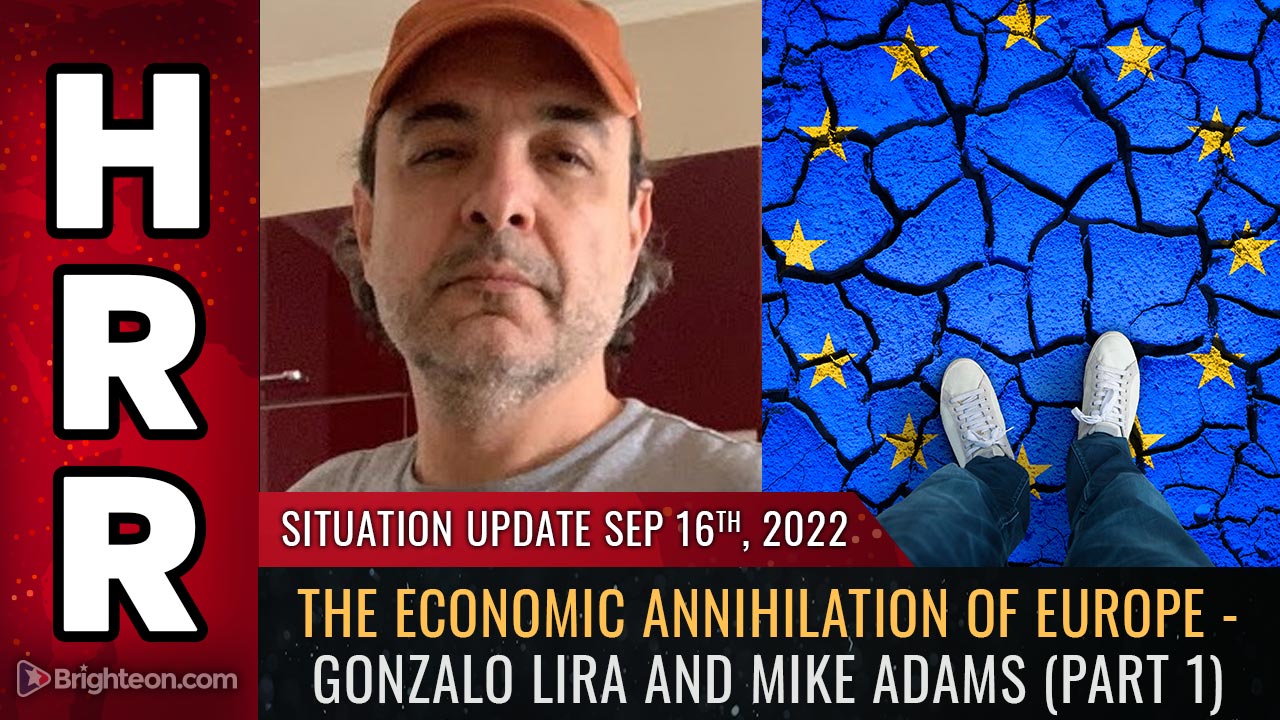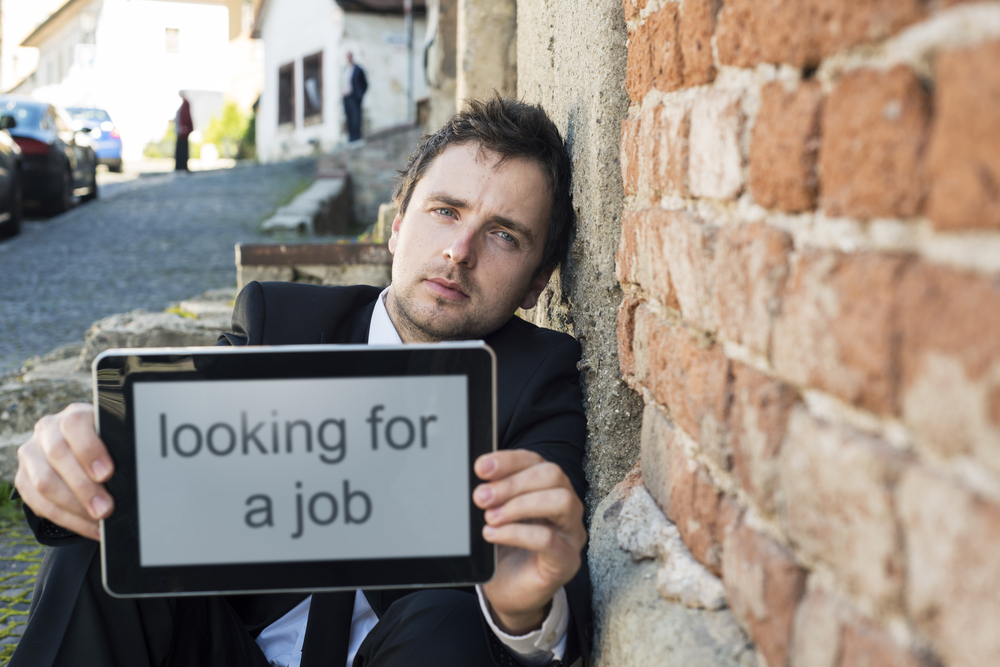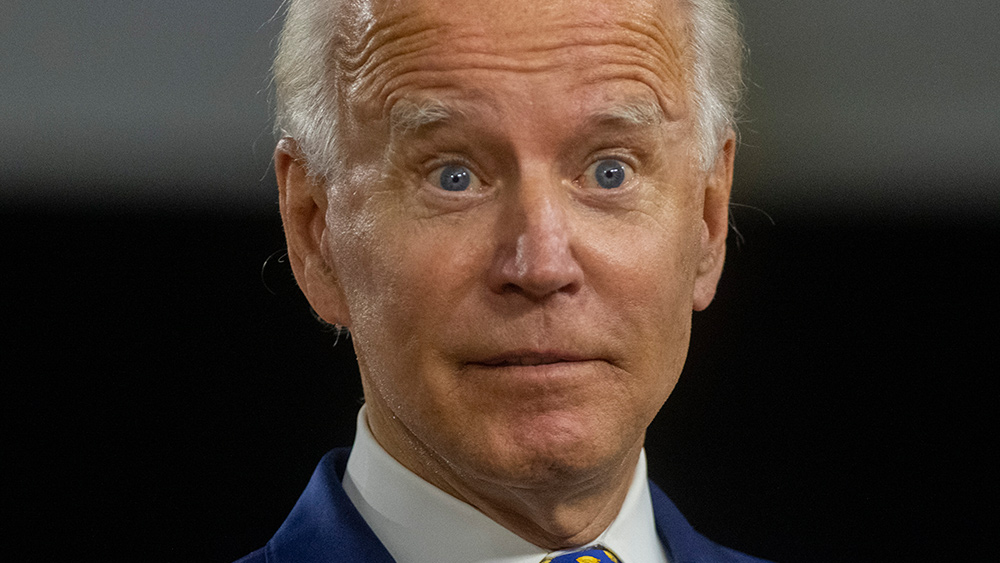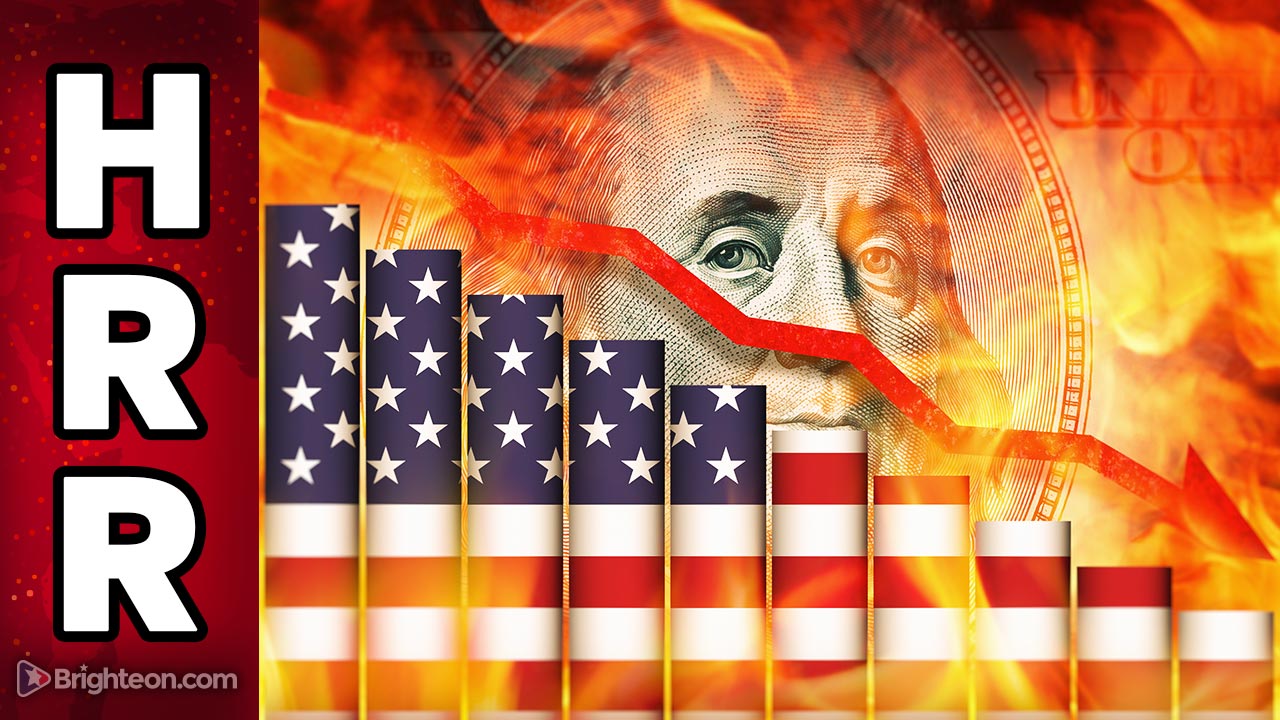Pain in the pocketbook: Inflation worsened in August as grocery prices continue to skyrocket in Biden’s economy
09/19/2022 / By JD Heyes

If you are feeling like your food dollar isn’t stretching as far as it used to during the Trump administration, you’re not imagining things.
In fact, the pain in your wallet and pocketbook is very real, based on newly released government economic figures.
Inflation continued to rise in August, with core inflation jumping up slightly even as overall inflation fell just a tad as gas prices slipped. But overall, the August inflation rate was 8.3 percent year-over-year, down from a peak in June.
And food prices are part of the inflationary equation, as Big League Politics reported:
Per its most recent report, the overall cost of food increased by 11.4%. Similarly, the food-at-home category went up 13.5% on a year-over-year basis.
In the case of the overall food category, this represents the sharpest increase since May of 1979. However, for the food-at-home category, this is the largest increase since March 1979, per Steve Reed, a US Bureau of Labor Statistics (BLS) economist.
From July to August, the grocery costs surged 0.7% month-over-month. According to a Yahoo Finance Report, cereal and bakery products were leading the way in boosting inflation with an increase of 16.4% on a 12-month timeframe. Flour and prepared flour mixes increased by 23.3%.
Food costs across the board are up, but the worst is yet to come: According to a new economic assessment, prices are not likely to decline anytime soon, at least not until the current recession worsens and joblessness rises.
“The annualized inflation rate fell from 9.1% in June to 8.3% in August, but that’s not the full picture. I’m paying closest attention to month-over-month inflation, which rose 0.1% in August. It may not sound like a lot, but consider the background: most prices are still rising, but the only reason we saw a muted 0.1% month-over-month rise is due to falling oil and gas prices,” said Forward Observer’s Mike Shelby in a note to subscribers on Thursday.
“My takeaway is that inflation is nowhere near being done, and the Fed has a long way to go. The standard theory since last year has been that the Fed needs to destroy demand. That means putting people out of work. It also means undercutting the housing market. My key assumption is until we see a sustained reversal in home prices, we’re unlikely to see inflation come down significantly,” he continued.
“Fed chair Jay Powell is still dealing with the ‘wealth effect,’ where Americans still feel comfortable enough to go out and spend money,” he added. “I’m not seeing demand destruction yet, and this is Powell’s big problem: as long as Americans still feel wealthy enough to go out and spend money like they have been, we’ll continue to see higher inflation.”
“I think recession fears will kick into overdrive as we get closer to 2023. And as we get closer, consumer demand falls, and the Fed will likely curb inflation – nowhere close to their target rate of 2%, but I do think the Fed will be able to take the edge off and get closer to 5% annual inflation. Pending any black swans, of course – additional global shocks or a reversal in Fed tightening could send inflation higher again,” Shelbe added.
Other experts are worried, too.
In an interview with CNBC’s “Squawk Box” on Thursday, Barry Sternlicht, the chairman and CEO of Starwood Capital, said he believes the U.S. economy will lapse into a major recession if the Federal Reserve continues raising interest rates in order to curb inflation, which appears to be the central bank’s plan.
“The economy is braking hard,” Sternlicht told the financial news outlet, according to the Daily Caller. “If the Fed keeps this up, they are going to have a serious recession and people will lose their jobs.”
The CEO predicted that continued Fed rate hikes will lead to “cracks everywhere” throughout the economy, particularly the fragile housing market.
“This is the steepest increase in rates in history — especially since Volcker – but the background of the country today is so different than when Paul Volker was chairman,” said Sternlicht.
“Look at the housing market, [the Fed has] caused a crash of unprecedented proportions,” Sternlicht told the outlet. “500,000 single family home sells, new sells, is the lowest since 1952. We are going to have a major crash in the housing market, and housing prices are going down. You are seeing housing prices correct.”
He went on to say that the expected Fed rate hike of .75 percent at the central bank’s next meeting will hit middle America the hardest.
“Take the consumer that you just mentioned, he is paying higher rent. He is actually paying more for food. And he is paying more for gas,” said the CEO and investor. “They [the Fed] are attacking the economy with a sledgehammer, and they don’t need to.”
Sources include:
Submit a correction >>
Tagged Under:
Biden economy, Bidenflation, Collapse, currency crash, Democrat policies, dollar demise, economic collapse, food inflation, food prices, Housing Market, inflation, Joe Biden, pensions, rationing, scarcity, supply chain
This article may contain statements that reflect the opinion of the author
RECENT NEWS & ARTICLES
COPYRIGHT © 2018 MONEYSUPPLY.NEWS
All content posted on this site is protected under Free Speech. MoneySupply.news is not responsible for content written by contributing authors. The information on this site is provided for educational and entertainment purposes only. It is not intended as a substitute for professional advice of any kind. MoneySupply.news assumes no responsibility for the use or misuse of this material. All trademarks, registered trademarks and service marks mentioned on this site are the property of their respective owners.




















